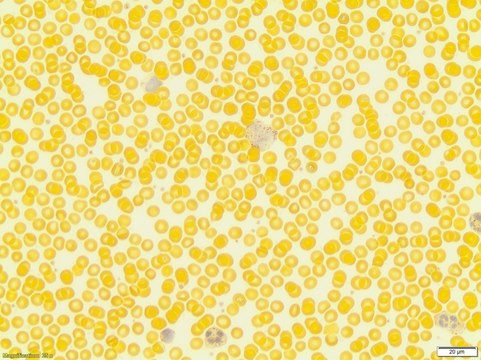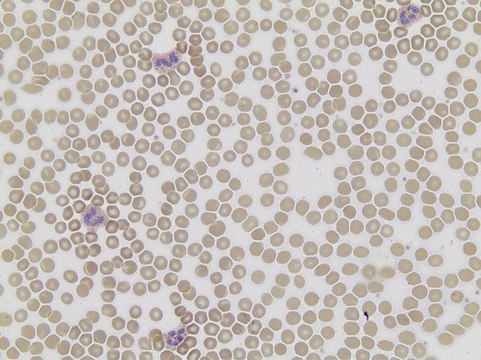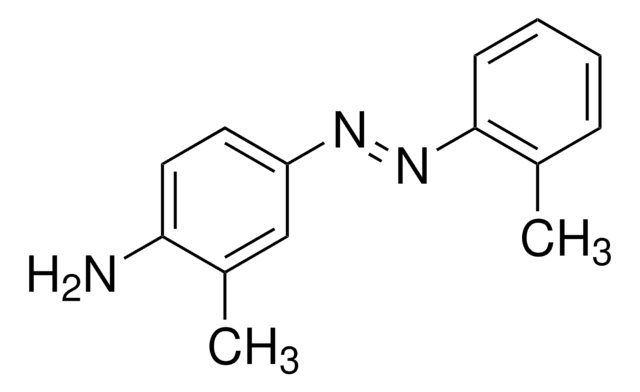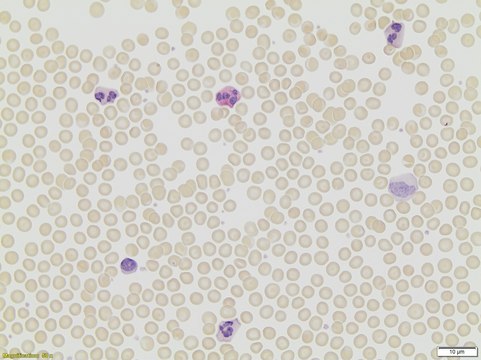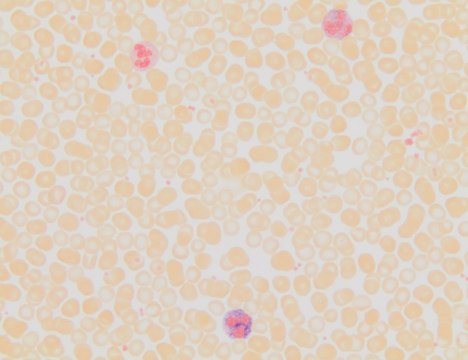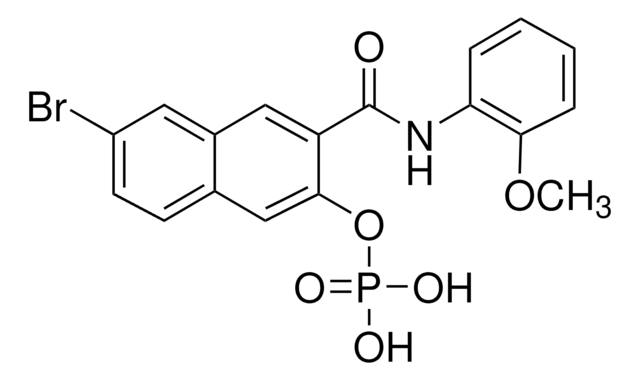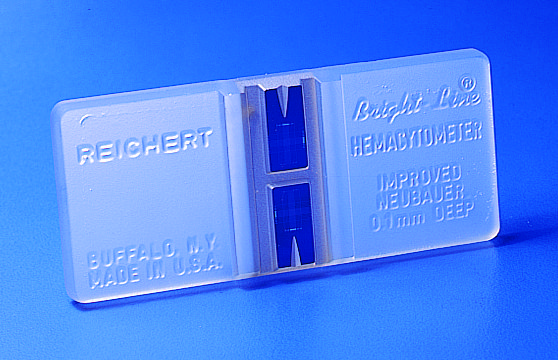387A
Leukocyte Acid Phosphatase (TRAP) Kit
Kit formulated with all liquid reagents
About This Item
Recommended Products
Quality Level
shelf life
Expiry date on the label.
IVD
for in vitro diagnostic use
application(s)
hematology
histology
shipped in
wet ice
storage temp.
2-8°C
Related Categories
Principle
Kit Components Only
- Hematoxylin Solution, Gill No. 3 (kit only) 50 mL
Kit Components Also Available Separately
related product
Signal Word
Danger
Hazard Statements
Precautionary Statements
Hazard Classifications
Acute Tox. 4 Oral - Carc. 1B - Eye Dam. 1 - Met. Corr. 1 - Skin Corr. 1B - STOT RE 2 Oral
Target Organs
Kidney
Storage Class Code
6.1C - Combustible acute toxic Cat.3 / toxic compounds or compounds which causing chronic effects
WGK
WGK 3
Regulatory Information
Choose from one of the most recent versions:
Certificates of Analysis (COA)
Don't see the Right Version?
If you require a particular version, you can look up a specific certificate by the Lot or Batch number.
Already Own This Product?
Find documentation for the products that you have recently purchased in the Document Library.
Which document(s) contains shelf-life or expiration date information for a given product?
If available for a given product, the recommended re-test date or the expiration date can be found on the Certificate of Analysis.
How do I get lot-specific information or a Certificate of Analysis?
The lot specific COA document can be found by entering the lot number above under the "Documents" section.
How do I find price and availability?
There are several ways to find pricing and availability for our products. Once you log onto our website, you will find the price and availability displayed on the product detail page. You can contact any of our Customer Sales and Service offices to receive a quote. USA customers: 1-800-325-3010 or view local office numbers.
What is the Department of Transportation shipping information for this product?
Transportation information can be found in Section 14 of the product's (M)SDS.To access the shipping information for this material, use the link on the product detail page for the product.
Are paraffin-embedded tissue sections suitable for use with Product 387A, Acid Phosphatase, Leukocyte (TRAP) Kit?
The kit has been shown to work well with blood smears and cultured cells. Whether the kit will work on paraffin sections depends upon the size of the bone, the decalcification (decal) agent used, and the paraffin processing schedule utilized. In general the smaller the bone fragment and the more mild the decal, the more likely the kit would work. EDTA for short periods of time seems to be the only acceptable decal agent. As the bone sections become larger and the time in the decal becomes longer, the less likely it becomes that the kit will provide positive results.
Are results from Product 387A, Acid Phosphatase, Leukocyte (TRAP) Kit, qualitative or quantitative?
The kit results are qualitative. A microscope is used to determine the presence or absence of staining within the cytoplasm of the cell.
Can Product 387A, Acid Phosphatase, Leukocyte (TRAP) Kit, be used to stain cultured cells?
Yes. The product insert contains information regarding only the approved in vitro diagnostic use of the product. Researchers can and do use the kit to stain cultured cells. The kit is most commonly used to determine when various cell types differentiate into osteoclasts.
I am staining cultured cells with Product 387A, Acid Phosphatase, Leukocyte (TRAP) Kit. Why are the cells incubated in Beaker A and Beaker B both positive?
Cells in Beaker A will demonstrate all isoforms of Acid Phosphatase. Cells in Beaker B will demonstrate only Tartrate Resistant Acid Phosphatase (TRAP) cells, i.e. those cells which have already differentiated into osteoclasts.
There are two kits for Acid Phosphatase. What are the major differences between the two kits?
Both kits stain for Leukocyte Acid Phosphatase. The 386A kit was developed first. Some of the reagents are packaged in gelatin capsules. The capsules must be broken open to dissolve the reagents. The gelatin capsules will not dissolve in the staining solution in any reasonable period of time. Once dissolved the staining reagent should be viewed as unstable and the slides should be stained as soon as the temperature reaches 37°C. The 386A kit uses a Citrate Acetone fixative. The 387A kit, however, is formulated with all liquid reagents; there are no gelatin capsules. As a result the 387A kit is considered more user friendly. Once the reagents are prepared as outlined in the package insert, the working solution is again considered unstable and the slides should be stained as soon as the temperature reaches 37°C. The pricing of the kit is slightly less, but the expiration dating may also be slightly less. With either kit, it is recommended that the customer check expiration dating before ordering. The 387A kit uses a Citrate Acetone Formaldehyde fixative. Labs wishing to avoid use of formaldehyde should consider the 386A kit.
How can I easily prepare a TRAP positive control for use with Product 387A, Acid Phosphatase, Leukocyte (TRAP) Kit?
A buccal smear from the inside of the human cheek makes an excellent positive control. The epithelioid cells are TRAP positive.
What type of instrumentation is required to interpret the results from Product 387A, Acid Phosphatase, Leukocyte (TRAP) Kit?
A light microscope is used to view the staining within the cytoplasm of the cells. If staining in a microtiter plate, it should be possible to use an inverted microscope to view the staining, although this has not been confirmed at Sigma-Aldrich.
My question is not addressed here, how can I contact Technical Service for assistance?
Ask a Scientist here.
Our team of scientists has experience in all areas of research including Life Science, Material Science, Chemical Synthesis, Chromatography, Analytical and many others.
Contact Technical Service